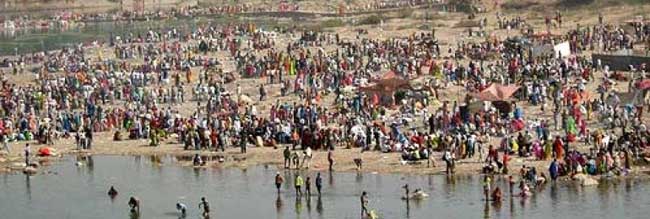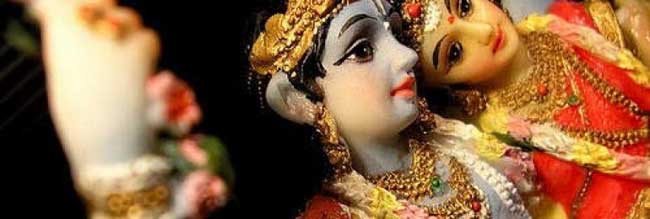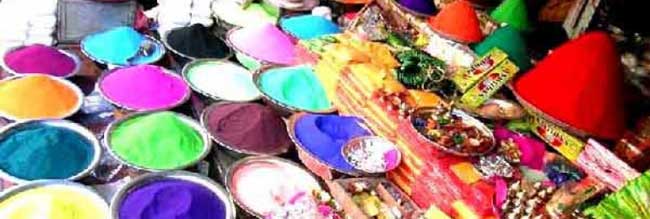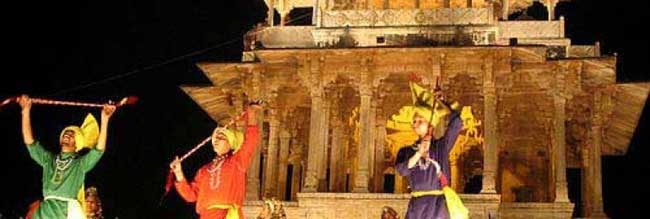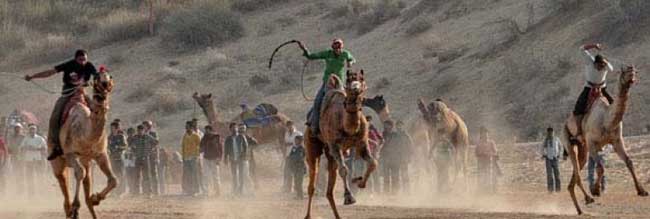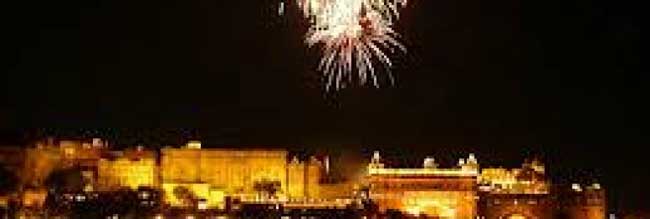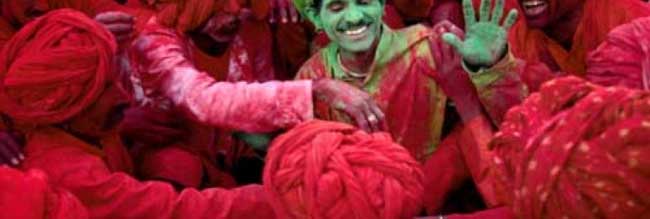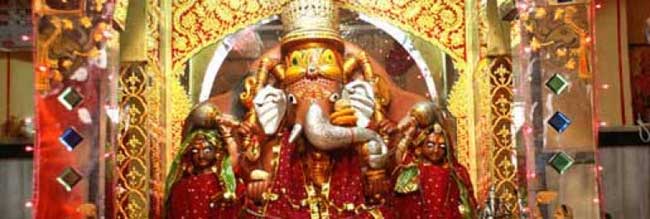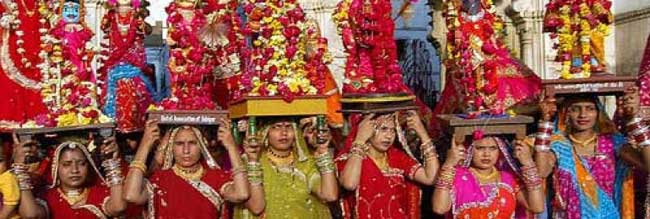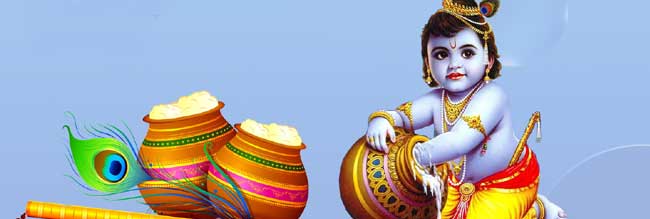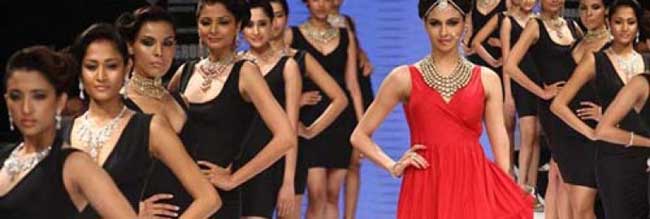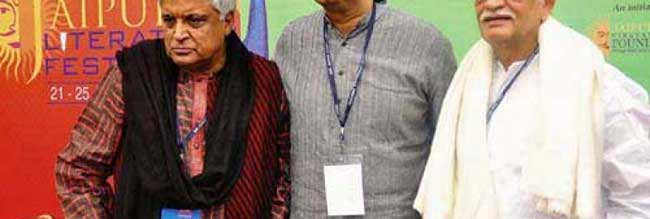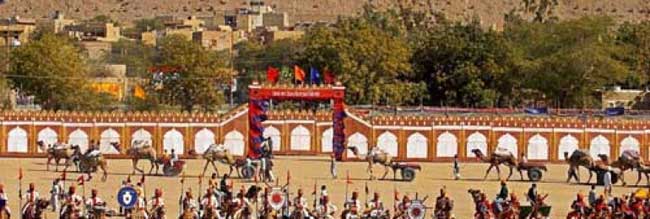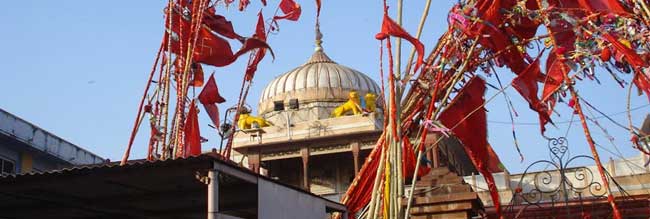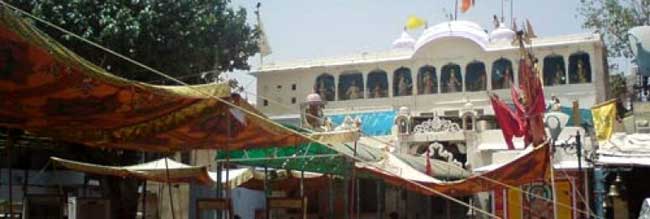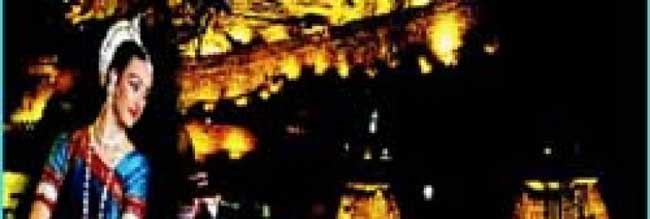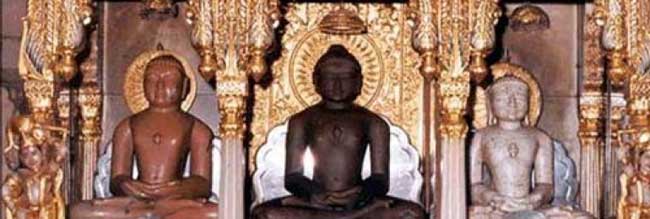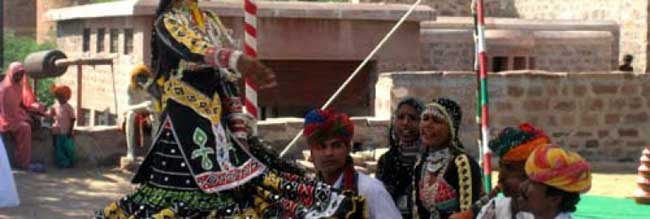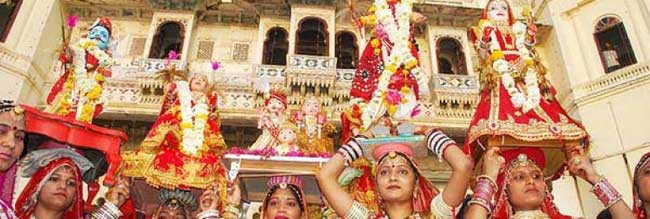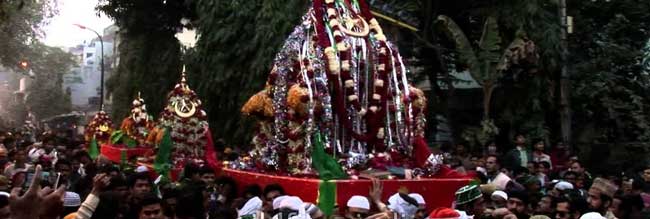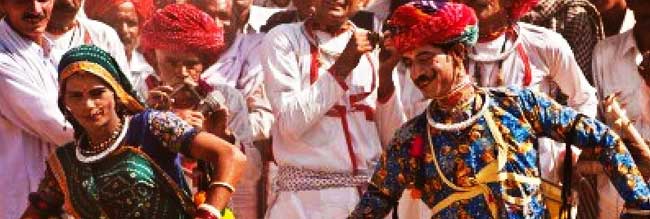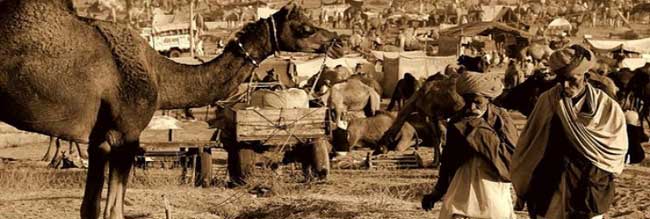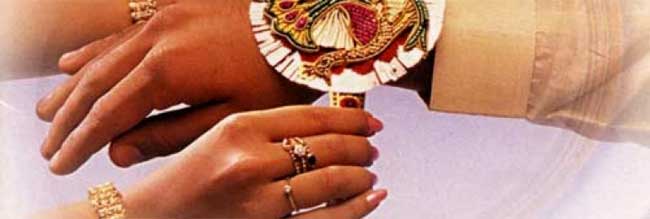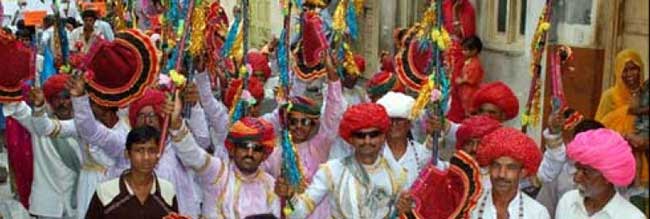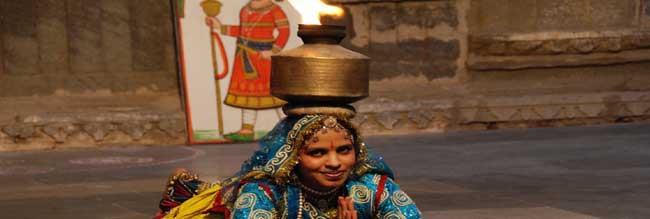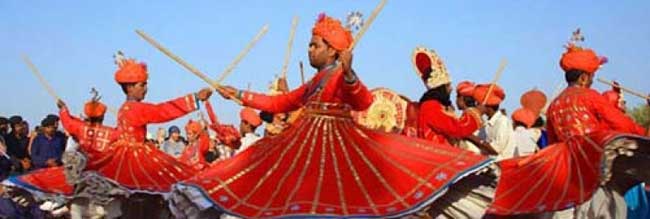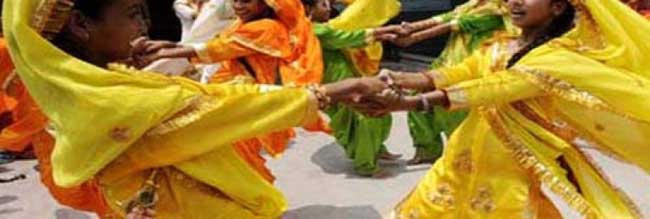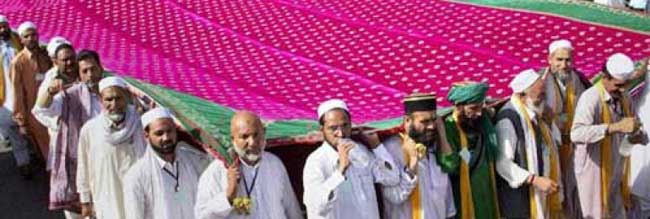

Raksha Bandhan (Rakhi) Rajasthan are the celebration of togetherness in India. They play an important role to build a better society, where positive values flourish and the spirit of co-operation prevails. There are many auspicious days in India, which are celebrating by Indians with a lot of zest and spirit. Rakhi Purnima or Rakha Bandhan is one of them. It is known by various names; Vish Trak - the destroyer of venom, Punya Pradayak- the best ower of boons and the Pap nashak- the destroyer of sins.
In the Indian mythology, a full moon day is considered to be an auspicious day. Raksha Bandhan or Rakhi falls on a full moon day in the month of Shravana (August) according to the Hindu lunisolar calendrer. All Hindus do land up to celebrate Raksha Bandhan through-out the world, mainly in India, Nepal and some regions of Pakistan. Raksha Bandhan is known by the different names in different regions of India. The rituals may differ a little from region to region but generally carry the same aura. For the farmers, it is celebrated as "Kajri Purnima". On this day, they started sowing wheat and pray to god for good crops and in the costal-regions of India this day is celebrated as "Narayali Purnima". The day is devoted to the God Indra (God of rain), and the God Varuna (God of sea).
Raksha Bandhan has a deep rooted historical significance. There are many legends linked with the past of Hindu religion. According to the Hindu mythology, it is believed that on every Shravana Purnima day the deity Yamuna used to tie a sacred thread on Yama's (God of death) wrist. Yama was so impressed and touched by the serenity of this custom that he declared, who ever got a rakhi tied from his sister would become immortal. From that day the traditional has been performed by the people. Another legend is related to the Mahabharata. In Mahabharata, there is an incident where Lord Krishna was hurt during the war with king Shishupal, and left with bleeding finger. At that moment, Draupati had torn a piece of cloth and tied around his wrist to stop bleeding. Krishna was touched by her gesture and promised to reply her love and devotion in future, whenever she needs that. The legend of mighty king Bali and the deity Laxmi (Goddess of wealth) is also a popular one. But the story of Rani Karnavati and Emperor Humayun is the most significant evidence in history related with this festival. Rani Karnavati, a widow queen of the king Chittor sent a rakhi to Emperor Humayun with a request to save her dignity. The Emperor Humayun touched by the gesture and started with his troops without wasting any time to save her honour but before he reached there, rani performed Joher and sacrificed her life.
History
Raksha Bandhan or Rakhi is celebrated on a full moon day in the month of Shravan (August) according to the Hindu calendar because of which this festival is also known as Shravan Purnima. On the occasion of Rakhi, the bond of affection existing between brothers and sisters is reaffirmed. It is typically a Hindu festival but nowadays people from different faiths celebrate it too. On this day, Sisters tie a sacred thread or a colourful special band, rightly called the 'Rakhi' on their brothers' wrist as a mark of affection, sisterly love, and sublime sentiments. The brothers in return promise to protect their sisters and offer them gifts. Not only siblings but also cousins and friends celebrate this festival with each other.
'Raksha' means protection and 'Bandhan' means binding or bound. The prosperous Indian mythology provides many religious reasons to celebrate the day. The festival is mentioned in most of the Indian epics and its origin can be traced back to the mythological times. The practice of tying thread was traditionally prevalent in the Indian history.
How to celebrate Raksha Bandhan?
On the occasion of this festival sisters generally apply tilak to the forehead of their brothers, tie the sacred thread called Rakhi to the wrist of their brothers and do arati and pray for their good health & long life. This thread, which represents love and sublime sentiments, is called the ‘Raksha Bandhan’ means ‘a bond of protection’. The brother in return offers a gift to his sister and vows to look after her. Before tying a Rakhi on their brothers hand the sisters first tie a Rakhi on the Tulasi plant and the another Rakhi on the peepal tree asking for the protection of nature – Vriksha Raksha Bandhan.
Rajasthan is all about royalty, culture, color, camel and celebration. Rajasthan is also famous for mesmerising lakes, dessert, historical places & forts. A Rajasthan festival includes interesting rituals,ethnicity, tradition festivals and celebrations. Numerous fairs and festivals are celebrated in Rajasthan. All the fairs and festivals feature display of the state’s legacy, colorful artifacts, lip- smacking delicacies, traditional Rajasthani attires, folk songs, folk dance and various interesting competitions. fairs and festivals in Rajasthan offer a chance to travellers to have a glimpse into the art, culture, customs and history of the state. Some of the popular Rajasthan fairs and festivals are Camel Festival, Desert Festival, Pushkar Fair and Urs Fair. Other festivals include Gangaur Festival, Diwali Festival, Kite Festival, Teej, Marwar Festival, Summer Festival. Travel to Rajasthan and participate in the jubilant activities.

